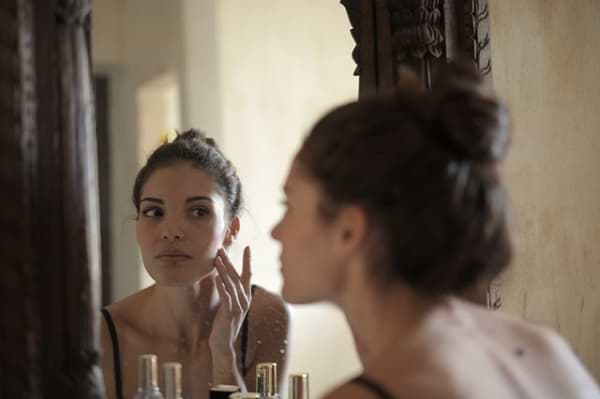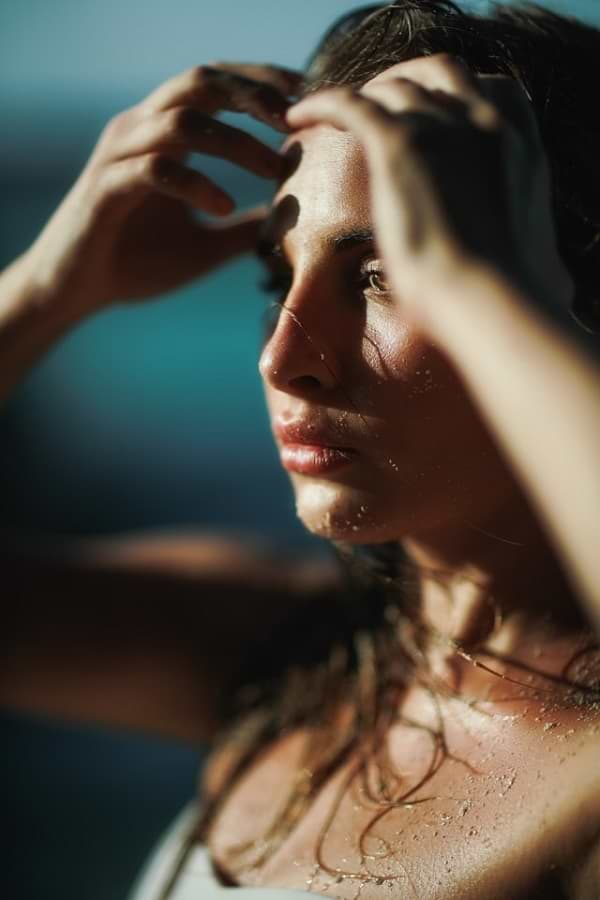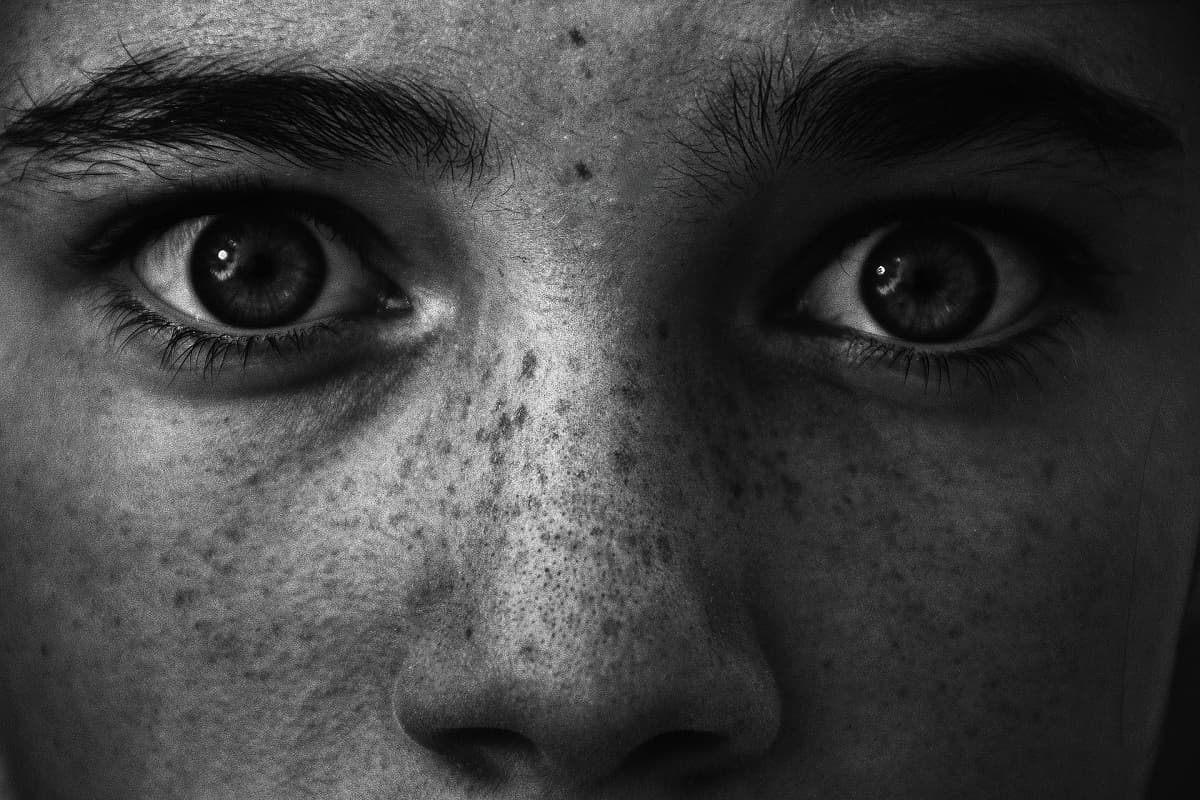She loves writing because it's the perfect excuse for her…
In a tropical country like ours, prickly heat or bungang araw is a common skin problem. The Philippines is notorious for its heat and humidity, so even during the monsoon season, you’re still likely to get itchy sweat rash.
If you’ve read our complete guide to bungang araw, you already know that this skin condition goes away on its own. This means you don’t need to treat heat rash for it to go away. You can apply some calamine lotion, hydrocortisone cream, or other home remedies to help with the itchiness.
Although prickly heat is a self-limiting skin condition, there are cases when the rash gets infected.
Here’s how you can determine if your bungang araw has become more than just heat rash.
Signs of Infection

The first thing you should know is that there are four types of heat rash, which can be identified through their appearance.
The mildest is clear heat rash or miliaria crystallina. This looks like small, flesh-colored beads on the skin. This form of heat rash doesn’t give uncomfortable symptoms.
Next is miliaria rubra or prickly heat. This is the heat rash we’re more familiar with. The skin shows red, itchy bumps due to blocked sweat glands.
These red rashes can turn into wounds when scratched. When this happens, the blisters can turn into pustules, which are called miliaria pustulosa. Pus is usually the first sign of infection in heat rash. Immediately consult with a doctor if you notice your bungang araw developing a yellowish center.
In extreme cases of heat rash, you may experience increased redness and warmth, pain, and swelling around the affected area. Some may have chills, fever, and swollen lymph nodes in the neck, groin, and armpits.
An Extreme Case of Miliaria Profunda

The fourth type of heat rash is miliaria profunda. This can develop when you frequently get bungang araw. The repeated episodes cause the sweat glands to chronically enlarge and swell. When you have miliaria profunda, retained sweat leaks out of the sweat glands. The blisters are larger and more painful than bungang araw.
The best way to treat infected heat rash is to seek medical attention. This is important to determine whether your blisters are still heat rash or if they’re symptoms of another skin condition.
Prevention trumps treatment any day. Protect yourself from heat rash and further infection with the right approach.
Bungang Araw Prevention

- Avoid dressing in thick clothing when the weather is warm. Wear loose, cotton pieces to allow your skin to breathe and avoid irritation, preventing sweat from building up on your skin.
- Regularly wipe away sweat or rinse off with a cold shower.
- Don’t engage in intense physical activity during hot weathers. If you’re insistent on maintaining your daily workout, wear breathable clothing and change immediately after. Cool off properly before taking a shower.
- Hydrate! Your body needs to stay cool on the outside and the inside. Drink your eight glasses of water every day.
If you develop any form of rash that doesn’t go away after several days, consult your dermatologist immediately.
What's Your Reaction?
She loves writing because it's the perfect excuse for her to make more puns.

